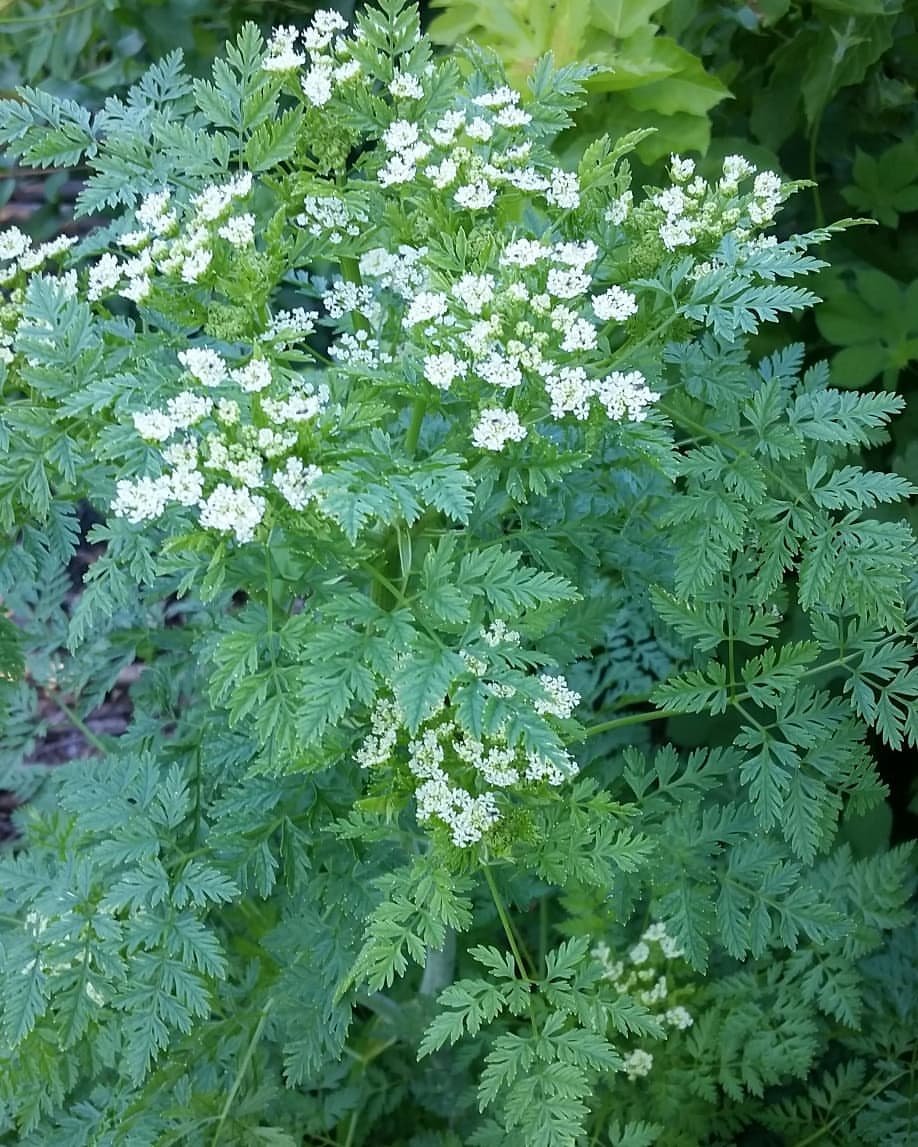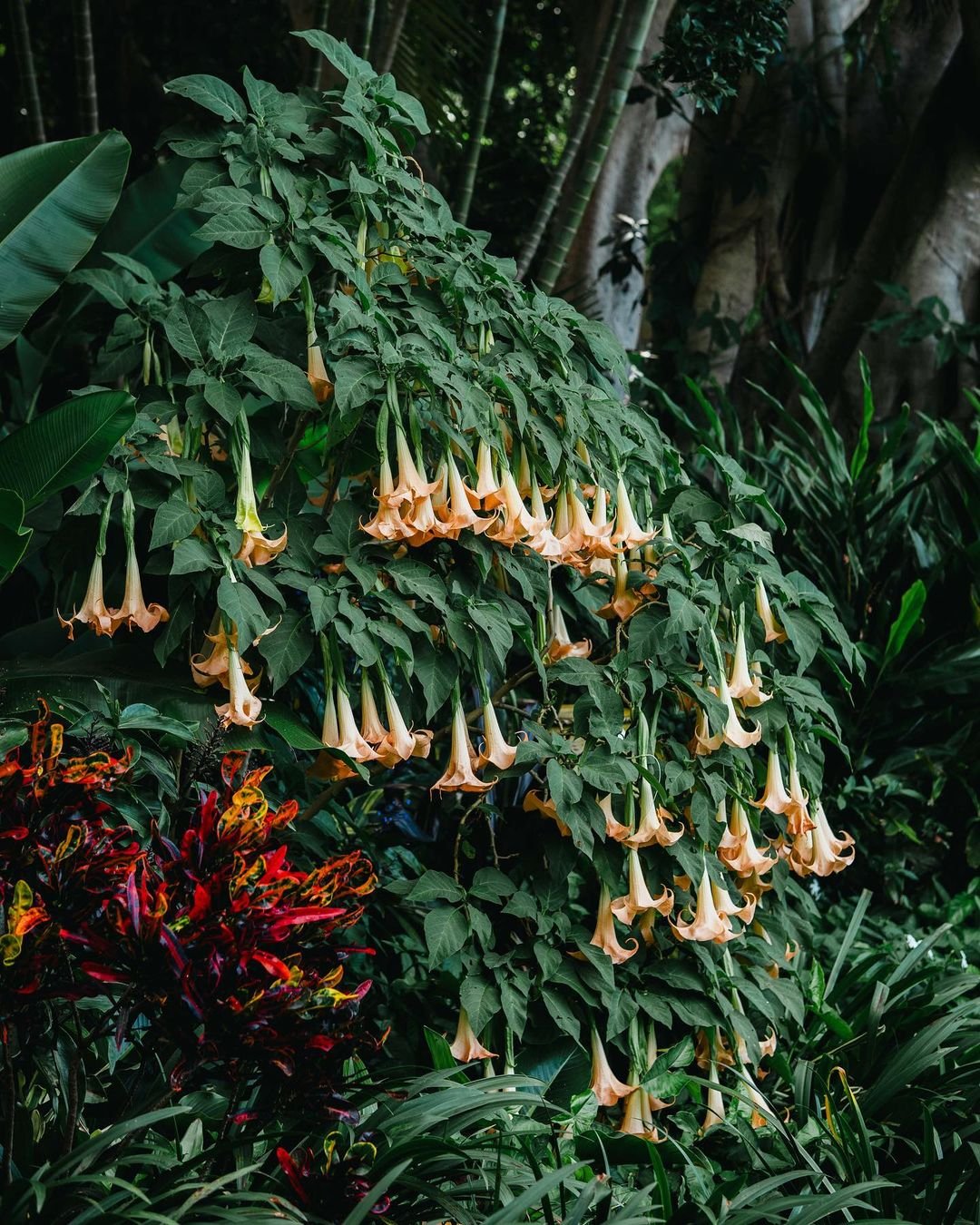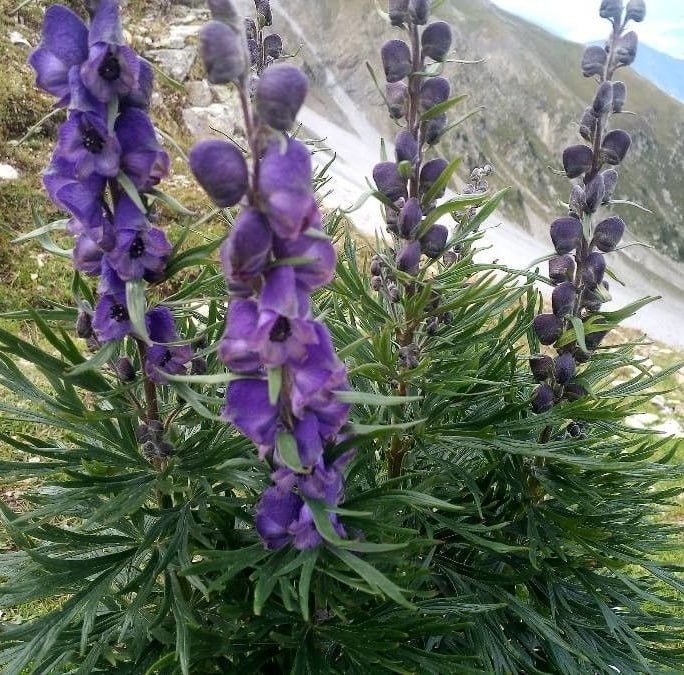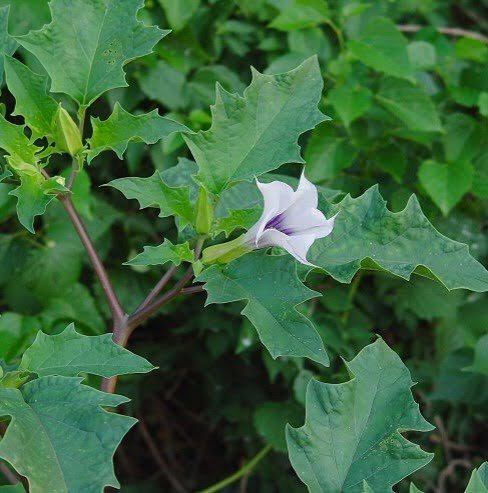Explore the world’s deadliest plants, from the infamous poison hemlock to the lethal rosary pea. This guide unveils 10 of the most dangerous botanical species, their deadly toxins and shocking stories of accidental poisonings. Discover the precautions necessary when encountering these natural killers.
Nature’s beauty often conceals a sinister side, and some plants possess lethal qualities that demand our utmost respect and caution. While the vast majority of plant species are harmless or even beneficial, a select few have earned notoriety for their ability to cause severe illness or death in humans and animals. In this article, we’ll explore 10 of the world’s deadliest plants, their deadly toxins and the precautions necessary when encountering these natural killers.
1. Poison Hemlock (Conium maculatum)

Here’s a concise chart with the requested information:
| Botanical Name | Conium maculatum |
|---|---|
| Common Name | Poison Hemlock |
| Plant Type | Biennial/Perennial herb |
| Sun Exposure | Full sun to partial shade |
| Soil Type | Moist, well-drained soils |
| Height/Spread | Up to 6.5 ft (2 m) tall, Spread varies |
Widely recognized for its role in the execution of Socrates, poison hemlock is one of the most infamous and deadly plants known to humanity. This unassuming plant contains a potent neurotoxin called coniine, which can cause respiratory failure and death if ingested. Even minor exposure can lead to severe side effects, including paralysis and convulsions.
2. Castor Bean (Ricinus communis)

Here’s a short information chart about the Castor Bean Plant (Ricinus communis):
| Attribute | Information |
|---|---|
| Botanical Name | Ricinus communis |
| Common Name | Castor Bean Plant |
| Plant Type | Perennial |
| Zones | Typically grown as an annual in Zones 9-11 |
| Sun Exposure | Full Sun to Partial Shade |
| Soil Type | Well-draining, Fertile |
| Watering | Moderate to Regular |
| Growth Habit | Upright, Tree-like |
| Height/Spread | Can reach up to 8-12 feet tall, Spread varies |
| Special Features | Ornamental foliage, Toxic seeds |
The castor bean plant produces ricin, a highly toxic protein that can be fatal in small doses. Ingesting just a few castor beans can cause nausea, abdominal pain and eventually organ failure. Ricin has been used as a biological weapon, making the castor bean plant a significant concern for public safety.
3. Deadly Nightshade (Atropa belladonna)

Here’s a short information chart about Deadly Nightshade (Atropa belladonna):
| Attribute | Information |
|---|---|
| Botanical Name | Atropa belladonna |
| Common Name | Deadly Nightshade, Belladonna |
| Plant Type | Perennial herbaceous plant |
| Zones | Typically Zones 5-9 |
| Sun Exposure | Full Sun to Partial Shade |
| Soil Type | Well-draining, Loamy |
| Watering | Moderate to Low |
| Growth Habit | Upright, Branching |
| Height/Spread | Can reach up to 3-5 feet tall, Spread varies |
| Special Features | Glossy dark purple berries, Highly toxic |
As its name suggests, the deadly nightshade is a plant to be reckoned with. All parts of this plant contain potent tropane alkaloids, such as atropine and scopolamine, which can cause delirium, hallucinations and potentially fatal respiratory problems. Historically, it has been associated with witchcraft and poisonings.
4. Rosary Pea (Abrus precatorius)

Here’s a short information chart about Rosary Pea (Abrus precatorius):
| Attribute | Information |
|---|---|
| Botanical Name | Abrus precatorius |
| Common Name | Rosary Pea, Jequirity, Crab’s Eye, Prayer Bead |
| Plant Type | Perennial vine |
| Zones | Typically Zones 10-11 |
| Sun Exposure | Full Sun to Partial Shade |
| Soil Type | Well-draining, Sandy to Loamy |
| Watering | Moderate |
| Growth Habit | Vine |
| Height/Spread | Can reach up to 6-9 feet tall, Spread varies |
| Special Features | Red seeds with black spots, Highly toxic if ingested |
Despite its innocent appearance, the rosary pea is one of the most toxic seeds in the world. Each seed contains a powerful toxin called abrin, which can cause severe gastrointestinal distress, organ failure and death if ingested. Alarmingly, just a single seed can be fatal to an adult.
5. White Snakeroot (Ageratina altissima)

ChatGPT
Here’s a short information chart about White Snakeroot (Ageratina altissima):
| Attribute | Information |
|---|---|
| Botanical Name | Ageratina altissima |
| Common Name | White Snakeroot |
| Plant Type | Perennial herbaceous plant |
| Zones | Typically Zones 3-8 |
| Sun Exposure | Partial Shade to Full Shade |
| Soil Type | Moist, Well-draining |
| Watering | Moderate to High |
| Growth Habit | Upright, Clump-forming |
| Height/Spread | Can reach up to 3-4 feet tall, Spread varies |
| Special Features | Small white flowers, Toxic if ingested |
This unassuming plant played a significant role in American history, as it was responsible for the infamous “milk sickness” that claimed the lives of many early settlers. The toxic compound tremetol, present in white snakeroot, can be passed through the milk of cows that consume the plant, leading to vomiting, abdominal pain and potential death.
6. Oleander (Nerium oleander)

Here’s a short information chart about Oleander (Nerium oleander):
| Attribute | Information |
|---|---|
| Botanical Name | Nerium oleander |
| Common Name | Oleander |
| Plant Type | Evergreen shrub or small tree |
| Zones | Typically Zones 8-11 |
| Sun Exposure | Full Sun to Partial Shade |
| Soil Type | Well-draining, Sandy to Loamy |
| Watering | Low to Moderate |
| Growth Habit | Upright, Bushy |
| Height/Spread | Can reach up to 6-20 feet tall, Spread varies |
| Special Features | Fragrant, Clusters of colorful flowers |
Widely cultivated for its beautiful flowers, oleander is a deceptively deadly plant. All parts of the plant contain toxic cardiac glycosides that can disrupt the heart’s rhythm and cause seizures, coma and death if ingested. Even burning oleander can release toxic fumes.
7. Angel’s Trumpet (Brugmansia)

Here’s a short information chart about Angel’s Trumpet (Brugmansia):
| Attribute | Information |
|---|---|
| Botanical Name | Brugmansia spp. |
| Common Name | Angel’s Trumpet |
| Plant Type | Perennial shrub or small tree |
| Zones | Typically Zones 9-11 |
| Sun Exposure | Full Sun to Partial Shade |
| Soil Type | Well-draining, Rich |
| Watering | Regular to Moderate |
| Growth Habit | Upright or Tree-like |
| Height/Spread | Can reach up to 6-20 feet tall, Spread varies |
| Special Features | Fragrant, Large trumpet-shaped flowers |
Despite its angelic name, this plant is anything but heavenly. Angel’s trumpet contains potent tropane alkaloids that can cause hallucinations, paralysis and respiratory failure. Accidental ingestion, particularly by children attracted to the plant’s trumpet-shaped flowers, can be fatal.
8. Monkshood (Aconitum)

Here’s a short information chart about Monkshood (Aconitum napellus):
| Attribute | Information |
|---|---|
| Botanical Name | Aconitum napellus |
| Common Name | Monkshood |
| Plant Type | Herbaceous perennial |
| Zones | Typically Zones 3-7 |
| Sun Exposure | Partial Shade to Full Shade |
| Soil Type | Moist, well-draining |
| Watering | Moderate |
| Growth Habit | Upright, clump-forming |
| Height/Spread | Can reach up to 2-4 feet tall, Spread varies |
| Special Features | Hooded blue-purple flowers, Highly toxic |
Also known as wolfsbane or devil’s helmet, monkshood is a highly toxic plant that has been used for centuries in traditional medicine and as a poison. The plant’s roots and leaves contain aconitine, a neurotoxin that can cause numbness, paralysis and potentially fatal heart and respiratory failure.
9. Strychnine Tree (Strychnos nux-vomica)

Here’s a short information chart about the Strychnine Tree (Strychnos nux-vomica):
| Attribute | Information |
|---|---|
| Botanical Name | Strychnos nux-vomica |
| Common Name | Strychnine Tree, Nux Vomica |
| Plant Type | Evergreen tree |
| Zones | Typically Zones 10-11 |
| Sun Exposure | Full Sun to Partial Shade |
| Soil Type | Well-draining, Sandy to Loamy |
| Watering | Moderate to Low |
| Growth Habit | Upright, Spreading |
| Height/Spread | Can reach up to 50 feet tall, Spread varies |
| Special Features | Small yellow flowers, Highly toxic seeds |
The seeds of the strychnine tree contain one of the most potent natural toxins known to man – strychnine. This deadly compound can cause violent convulsions, muscle spasms and death through respiratory or cardiovascular failure. Even a tiny amount can be lethal.
10. Jimson Weed (Datura stramonium)

Here’s a short information chart about Jimson Weed (Datura stramonium):
| Attribute | Information |
|---|---|
| Botanical Name | Datura stramonium |
| Common Name | Jimson Weed, Devil’s Snare |
| Plant Type | Herbaceous annual or perennial |
| Zones | Typically Zones 4-10 |
| Sun Exposure | Full Sun to Partial Shade |
| Soil Type | Well-draining, Sandy to Loamy |
| Watering | Moderate to Low |
| Growth Habit | Upright, branching |
| Height/Spread | Can reach up to 2-5 feet tall, Spread varies |
| Special Features | Large, trumpet-shaped white flowers, Highly toxic |
Commonly found in urban areas, jimson weed is a dangerous plant that contains a toxic mix of tropane alkaloids, including atropine and scopolamine. Ingestion can lead to delirium, hallucinations and potentially fatal respiratory depression and cardiovascular complications.
A Cautionary Tale
While these plants are undoubtedly deadly, it’s important to remember that accidents involving them are relatively rare. However, it’s crucial to exercise caution when encountering unfamiliar plants, especially with children or pets. If you suspect poisoning, seek immediate medical attention.
Nature’s wonders come with inherent risks, and these 10 plants serve as a sobering reminder of the power and potential dangers that can lurk within the botanical world. By understanding and respecting these deadly plants, we can appreciate the natural world while prioritizing our safety and well-being.
Pingback: Secrets of Capers: A Comprehensive Guide to Growth and Care
Pingback: Huernia Macrocarpa: Everything You Need to Know